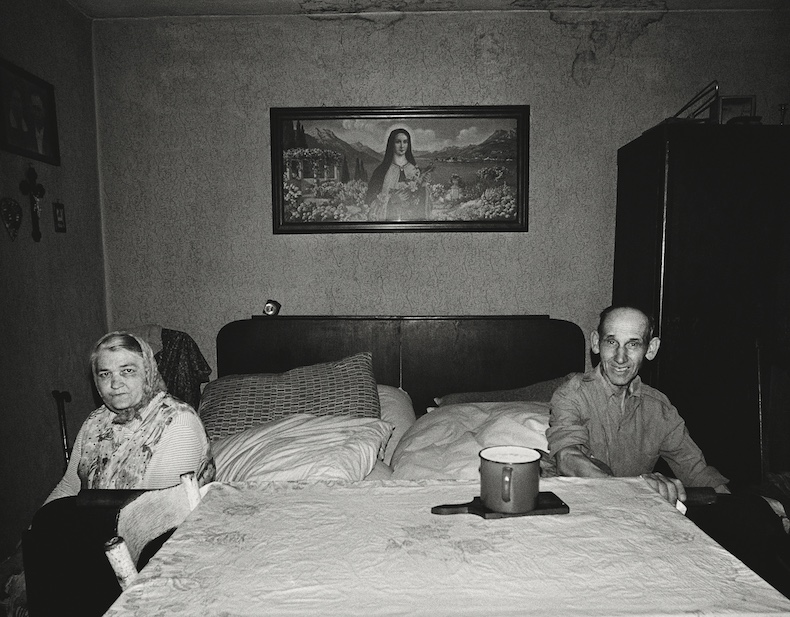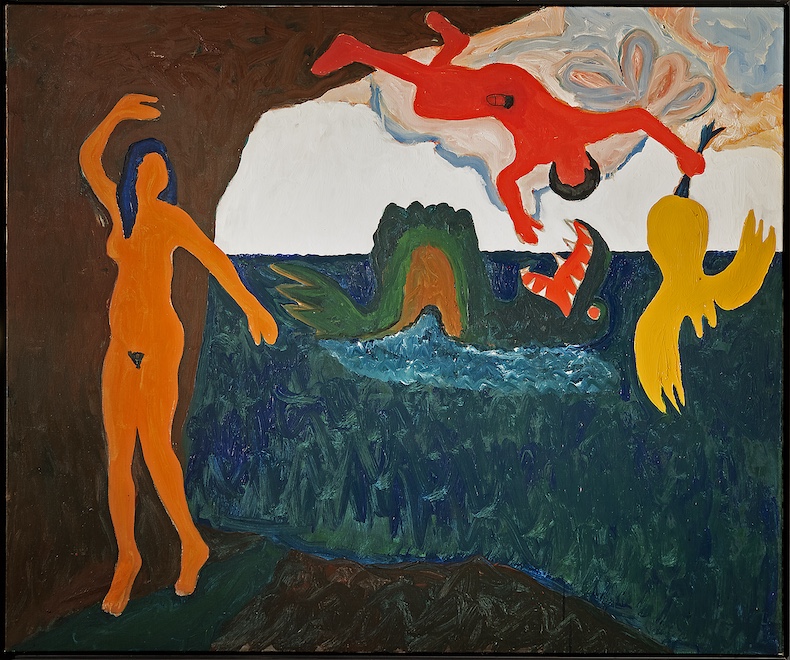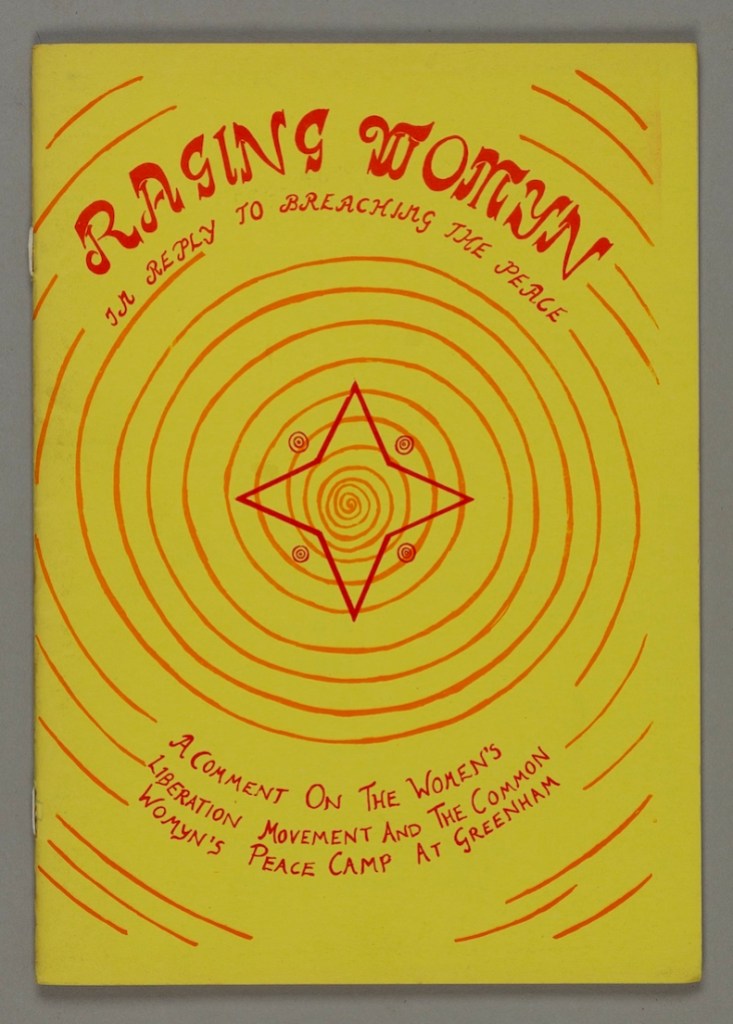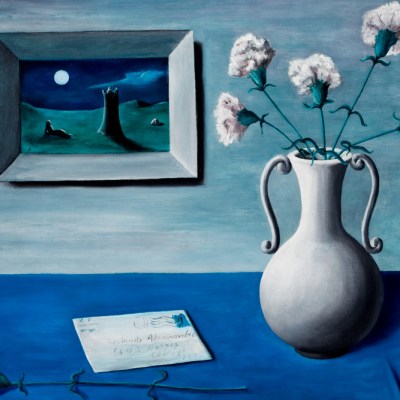With hundreds of exhibitions and events vying for attention in London during Frieze week, Apollo’s editors pick out the shows they don’t want to miss
In 1978 the Polish photographer Zofia Rydet was on holiday with her family in a spa town in southern Poland when she decided to knock at a house and take a photograph of the interior. This was the genesis of Sociological Record, a project that consumed her from this point until her death in 1997. Over the course of two decades Rydet took some 20,000 photographs, most of which feature the house’s inhabitants staring blankly at the camera and all of which were taken on the same camera with the same lighting, as far as possible. A hundred of these photos are on display at the Photographers’ Gallery (until 22 February 2026). Rydet stated that the project was ‘meant to be a way of embalming time’ and the resulting images, which are by turns characterful, eerie and bizarre, often all at the same time, form an extraordinary chronicle of Polish domestic life in the late 20th century.

Bob Thompson was born in Kentucky but spent his early adulthood in 1950s and ’60s New York, mingling with beatniks and jazz musicians such as Allen Ginsberg, Red Grooms and Charlie Haden and looking at the work of Abstract Expressionists. Over the course of his short career – he died at the age of 28 – Thompson used these influences to develop a bracing style of figurative painting that uses bold blocks of colour and often faceless, allegorical human figures to reframe Old Master paintings, historical scenes and mythological episodes. Thompson visited London several times in the early ’60s and said that he was ‘moved to tears’ by the city’s museums; this display at Maximillian William (until 13 December) revolves around the works he made in response to his travels, including a restaging of Titian’s Perseus and Andromeda (1554–56), which hangs in the Wallace Collection.

In The Hunchback of Notre-Dame, Victor Hugo famously declared that print is ‘the mother of revolution’. The printed matter on view at Senate House Library’s small but riveting exhibition ‘Spineless Wonders’ is testament to how print has, for centuries, been used for emancipatory and activist purposes (until 29 November). All the documents on show are ‘spineless’ – in other words, pamphlets, leaflets and other unbound papers, which are less expensive and often easier to distribute than bound books – and are taken from the library’s vast holdings. These include political flyers and cartoons dating to the English Civil War or protesting the Corn Laws of the 19th century; leaflets promoting the anti-Fascist and Black Power movements; and beautifully designed zines, recipe books and poetry pamphlets put out by community publishers in 1970s Britain. But perhaps the most startling piece here is a remarkably well-conserved single-sheet almanac produced in Augsburg in 1492 – only half a century after Gutenberg invented the first ever printing press.

Zofia Rydet: Sociological Record (The Photographers’ Gallery, until 22 February 2026)
Bob Thompson: Measure of My Song (Maximillian William, until 13 December)
Spineless Wonders: The Power of Print Unbound (Senate House Library, until 29 November)


